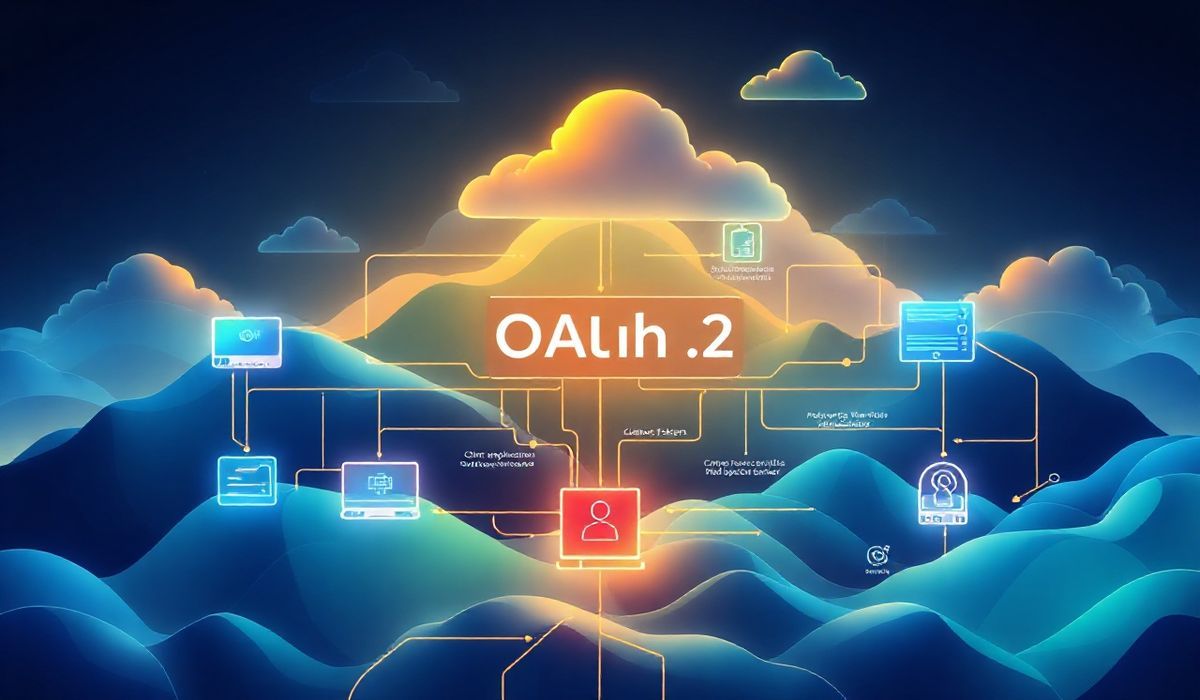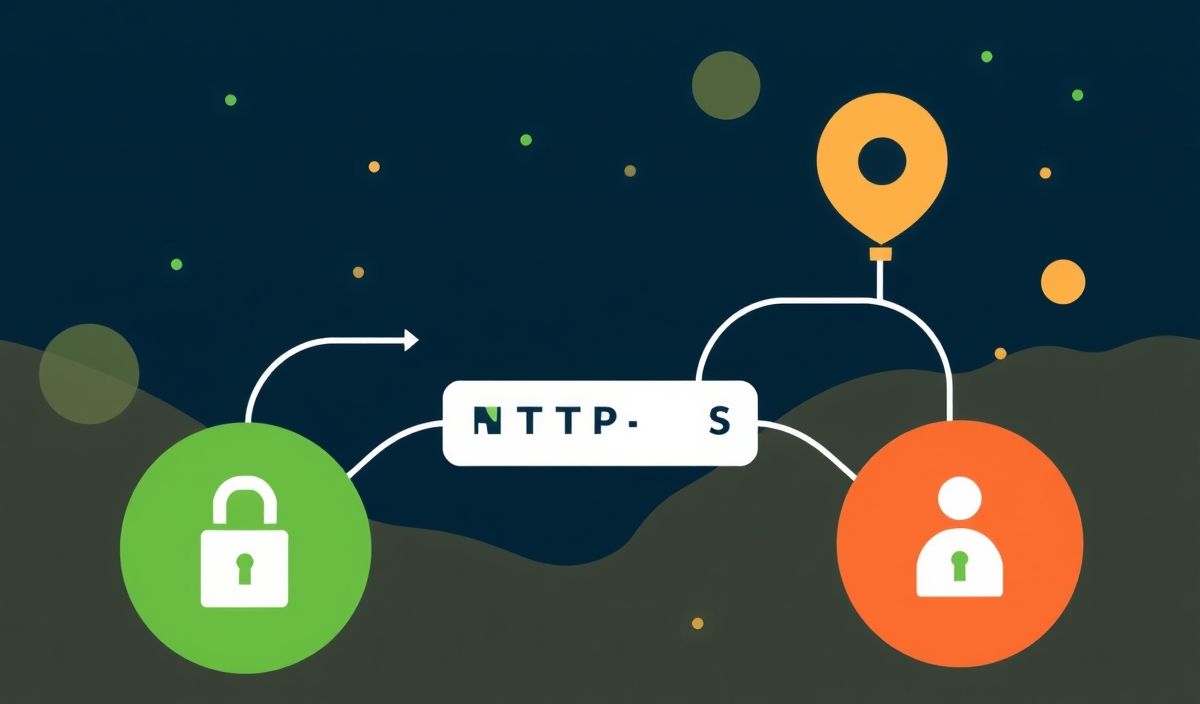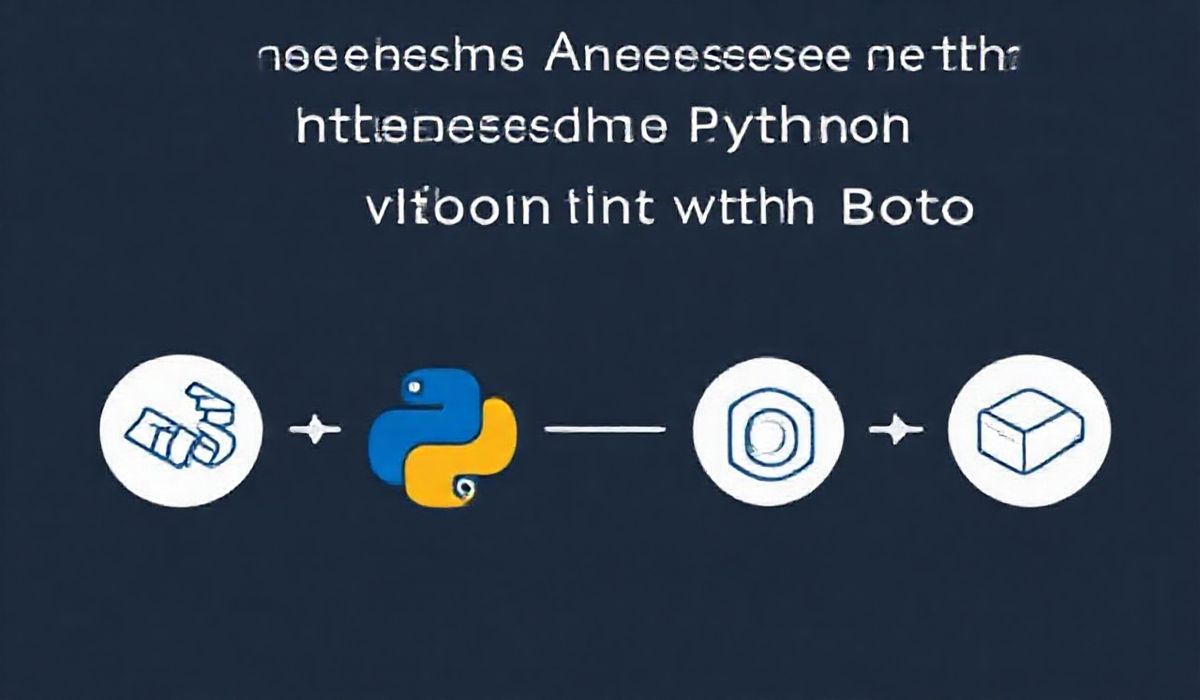Introduction to Google Auth OAuthlib
Google Auth OAuthlib is a Python library designed to simplify the use of OAuth 2.0 by offering seamless integration with various Google APIs. This library provides the necessary tools to authenticate users and access Google services using Open Authorization (OAuth) standards, making it an essential tool for developers building secure and robust applications.
Getting Started with Google Auth OAuthlib
To use Google Auth OAuthlib, install the library via pip:
pip install google-auth-oauthlib
Basic Workflow
The basic workflow consists of these steps:
- Creating credentials in Google Cloud Console.
- Authenticating the user and obtaining their consent.
- Making authorized API calls.
1. Authentication and Authorization
Here’s an example of using GoogleAuth to perform OAuth 2.0 Authorization:
from google_auth_oauthlib.flow import InstalledAppFlow
# Define the scope for accessing Google APIs
SCOPES = ['https://www.googleapis.com/auth/drive.metadata.readonly']
# Create a flow instance to manage the OAuth process
flow = InstalledAppFlow.from_client_secrets_file(
'client_secrets.json', SCOPES
)
# Guide the user through the authorization process
creds = flow.run_local_server(port=0)
print("Authentication successful!")
2. Accessing Google APIs
After obtaining credentials, use them to make authorized API calls. Here’s an example to list files in Google Drive:
from googleapiclient.discovery import build
# Authenticate using the credentials
service = build('drive', 'v3', credentials=creds)
# Call the Drive API
results = service.files().list(pageSize=10, fields="files(id, name)").execute()
# Display files
files = results.get('files', [])
if not files:
print("No files found.")
else:
print("Files:")
for file in files:
print(u'{0} ({1})'.format(file['name'], file['id']))
3. Refreshing Tokens
Access tokens expire after some time. Ensure you handle token refresh automatically:
from google.auth.transport.requests import Request
if creds and creds.expired and creds.refresh_token:
creds.refresh(Request())
Building a Sample Application
Application: A Google Drive File Viewer
This example demonstrates how you can build a simple application to view and search files using the Google Drive API.
from google_auth_oauthlib.flow import InstalledAppFlow
from googleapiclient.discovery import build
from google.auth.transport.requests import Request
import os
# Define the scopes
SCOPES = ['https://www.googleapis.com/auth/drive.metadata.readonly']
# Authenticate user and obtain credentials
creds = None
if os.path.exists('token.json'):
creds = Credentials.from_authorized_user_file('token.json', SCOPES)
if not creds or creds.expired and creds.refresh_token:
flow = InstalledAppFlow.from_client_secrets_file('client_secrets.json', SCOPES)
creds = flow.run_local_server(port=0)
with open('token.json', 'w') as token_file:
token_file.write(creds.to_json())
# Create Google Drive API service
service = build('drive', 'v3', credentials=creds)
# List files
def list_files():
results = service.files().list(pageSize=10, fields="files(id, name)").execute()
items = results.get('files', [])
if not items:
print('No files found.')
else:
print('Files:')
for item in items:
print(u'{0} ({1})'.format(item['name'], item['id']))
# Run the application
if __name__ == '__main__':
print("Welcome to Google Drive File Viewer!")
list_files()
Conclusion
Google Auth OAuthlib simplifies authentication and authorization processes, enabling developers to interact with multiple Google APIs effectively. By following this guide, you can integrate Google services like Drive, Gmail, and Calendar seamlessly into your Python applications. Happy coding!




